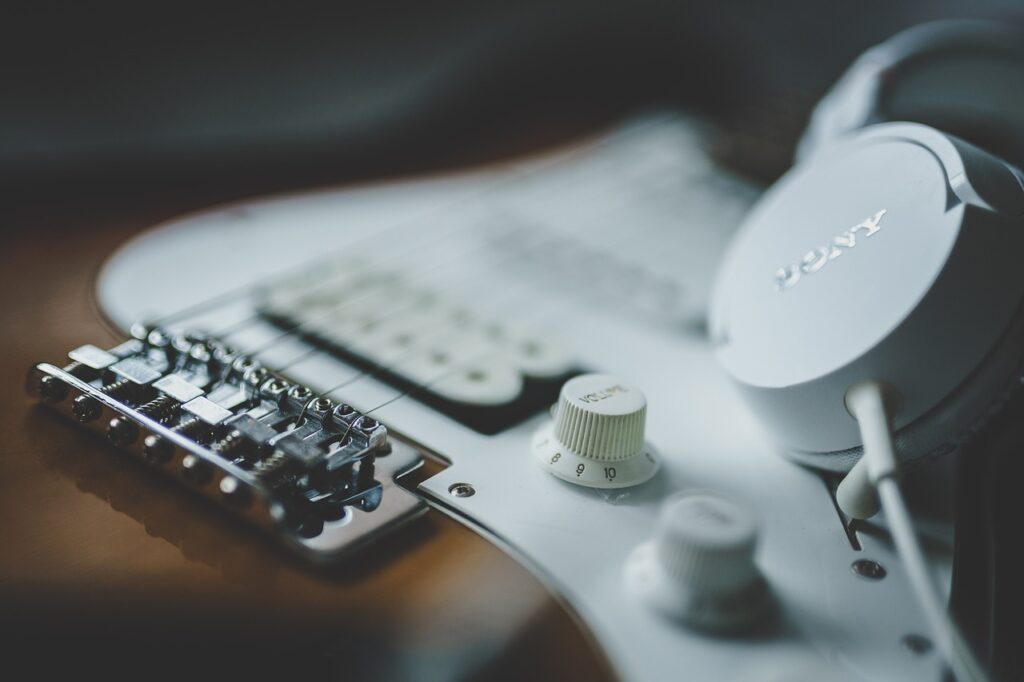In the world of audio engineering and sound manipulation, the terms “booster” and “equalizer” are often used interchangeably, leading to confusion among novice and even experienced professionals. While both tools are essential for shaping and enhancing audio signals, they serve distinct purposes and employ different techniques to achieve desired results. In this comprehensive guide, we’ll delve into the key differences between boosters and equalizers, explore their respective applications, and discuss advanced techniques for maximizing their potential in audio production.

Boosters: Amplifying the Signal
Boosters, also known as amplifiers or gain stages, serve the fundamental purpose of increasing the amplitude or strength of an audio signal. Whether it’s boosting the volume of a weak input signal, driving audio signals through a chain of components, or compensating for signal losses in long cable runs, boosters play a crucial role in ensuring optimal signal levels and fidelity throughout the audio processing workflow.
Key Characteristics of Boosters:
- Amplitude Amplification: At its core, the primary function of a booster is to amplify the amplitude of an audio signal, effectively increasing its volume level without altering its frequency content.
- Transparent Operation: Ideally, boosters should operate transparently, meaning they should faithfully reproduce the input signal without introducing coloration or distortion. Maintaining signal integrity is paramount when using boosters in audio systems.
- Unity Gain Option: Some boosters offer a unity gain option, allowing users to boost the signal without altering its level. This feature is particularly useful for maintaining signal integrity in a signal chain without introducing unnecessary volume changes.
- Minimal Frequency Manipulation: Unlike equalizers, which allow users to adjust the frequency response of an audio signal, boosters typically do not alter the frequency content of the signal. Their primary focus is on increasing the signal’s amplitude while preserving its tonal balance.
Applications of Boosters:
- Volume Boosting: Boosters are commonly used to increase the volume level of audio signals, particularly when dealing with low-output sources or long signal chains where signal losses may occur.
- Signal Chain Management: Place boosters strategically within a signal chain to drive subsequent components and ensure optimal signal levels throughout the audio processing workflow. Proper gain staging techniques are essential for maintaining signal integrity and preventing distortion.
- Compensation for Cable Losses: In live sound reinforcement or recording scenarios where long cable runs are unavoidable, boosters can compensate for signal losses caused by cable capacitance and resistance, ensuring consistent signal levels from source to destination.
Equalizers: Shaping the Sound
Equalizers, often referred to as EQs, are versatile tools that allow users to manipulate the frequency response of an audio signal by boosting or attenuating specific frequency bands. Whether it’s adjusting the tonal balance of a recording, correcting frequency imbalances, or sculpting the overall sound characteristics, equalizers provide unparalleled control over the sonic properties of audio signals.
Key Characteristics of Equalizers:
- Frequency Band Control: The primary function of an equalizer is to control the amplitude of specific frequency bands within the audio spectrum. By boosting or attenuating selected frequencies, users can adjust the tonal balance and sonic characteristics of audio signals.
- Adjustable Q Factor: Many equalizers feature an adjustable Q factor, which determines the width of the frequency band being affected by the boost or cut. A narrow Q results in a more focused adjustment, while a wider Q affects a broader range of frequencies.
- Variable Gain and Center Frequency: Equalizers typically provide controls for adjusting the gain (boost or cut) and center frequency of each band. This flexibility allows users to target specific frequency ranges and tailor the equalization to suit the audio material and desired tonal characteristics.
- Surgical or Musical Operation: Equalizers can be used for precise surgical adjustments to correct specific frequency imbalances or for more musical applications, such as enhancing the presence or warmth of a recording. The versatility of equalizers makes them indispensable tools in audio production and mixing.
Applications of Equalizers:
- Tonal Shaping: Equalizers are used to adjust the tonal balance of audio signals by boosting or attenuating specific frequency bands. Whether it’s boosting the bass frequencies for added warmth or cutting harsh high frequencies for smoother vocals, equalizers allow for precise control over the sonic characteristics of a recording.
- Frequency Correction: In recording and mixing scenarios, equalizers are often used to correct frequency imbalances or resonances that may occur during the recording process. By identifying problematic frequencies and applying surgical adjustments, engineers can achieve a more balanced and natural-sounding mix.
- Creative Sound Design: Beyond corrective applications, equalizers are also used for creative sound design purposes. Experimenting with unconventional equalization techniques, such as frequency shifting, resonance manipulation, or spectral shaping, can yield unique sonic textures and effects that enhance the artistic expression of a recording.
Key Differences Between Boosters and Equalizers
While boosters and equalizers are both essential tools in the audio engineer’s arsenal, they serve distinct purposes and employ different techniques to achieve desired results. Understanding the key differences between these two audio processing tools is crucial for effective use in audio production and mixing environments.
- Functionality: Boosters primarily focus on increasing the amplitude of an audio signal, whereas equalizers allow users to adjust the frequency response of the signal by boosting or attenuating specific frequency bands.
- Amplitude vs. Frequency Manipulation: Boosters amplify the overall volume level of an audio signal, while equalizers selectively boost or cut frequencies within the signal to shape its tonal balance and sonic characteristics.
- Transparency vs. Coloration: Boosters are designed to operate transparently, faithfully reproducing the input signal with minimal coloration or distortion. In contrast, equalizers introduce intentional frequency manipulation to achieve desired tonal characteristics, which may result in audible coloration or tonal changes.
- Application: Boosters are commonly used for volume boosting, signal chain management, and compensation for signal losses, whereas equalizers are employed for tonal shaping, frequency correction, and creative sound design in audio production, mixing, and mastering applications.
Advanced Techniques and Tips
Mastering the art of audio processing requires more than just a basic understanding of boosters and equalizers. To truly unlock their potential and achieve professional-grade results, audio professionals often employ advanced techniques and strategies tailored to specific applications and scenarios.
Advanced Techniques for Boosters:
- Dynamic Range Control: Utilize dynamic range compression techniques in conjunction with boosters to achieve consistent signal levels and prevent clipping or distortion in dynamic audio material.
- Parallel Processing: Implement parallel processing techniques by blending boosted and unboosted signals to preserve the dynamics and transients of the original audio material while enhancing its overall volume level.
- Multiband Boosting: Explore multiband boosting techniques to selectively amplify specific frequency ranges within an audio signal, allowing for targeted volume enhancements without affecting the entire frequency spectrum.
Advanced Techniques for Equalizers:
- Dynamic EQ: Experiment with dynamic equalization techniques to apply frequency adjustments dynamically based on the input signal’s amplitude or spectral characteristics. Dynamic EQs are particularly useful for taming resonances, controlling dynamics, and maintaining tonal balance in dynamic audio material.
- Linear Phase Equalization: Consider using linear phase equalizers to minimize phase distortion and preserve the transient response of audio signals, especially in mastering and post-production scenarios where phase coherence is critical.
- Mid-Side Equalization: Implement mid-side equalization techniques to separately process the center (mono) and side (stereo) components of a stereo audio signal, providing greater control over the spatial imaging and tonal balance of the mix.
Conclusion
In conclusion, boosters and equalizers are indispensable tools in the audio engineer’s toolkit, each serving distinct purposes and offering unique capabilities for shaping and enhancing audio signals. While boosters focus on amplifying signal amplitudes and managing signal levels, equalizers provide precise control over the frequency response and tonal balance of audio material. By understanding the key differences between boosters and equalizers, exploring their respective applications and advanced techniques, and mastering their use in audio production and mixing environments, audio professionals can achieve professional-grade results and unlock the full potential of these essential audio processing tools. Whether it’s boosting volume levels, sculpting tonal balance, or crafting unique sonic textures, boosters and equalizers play integral roles in shaping the sonic landscape of modern music and audio production.
